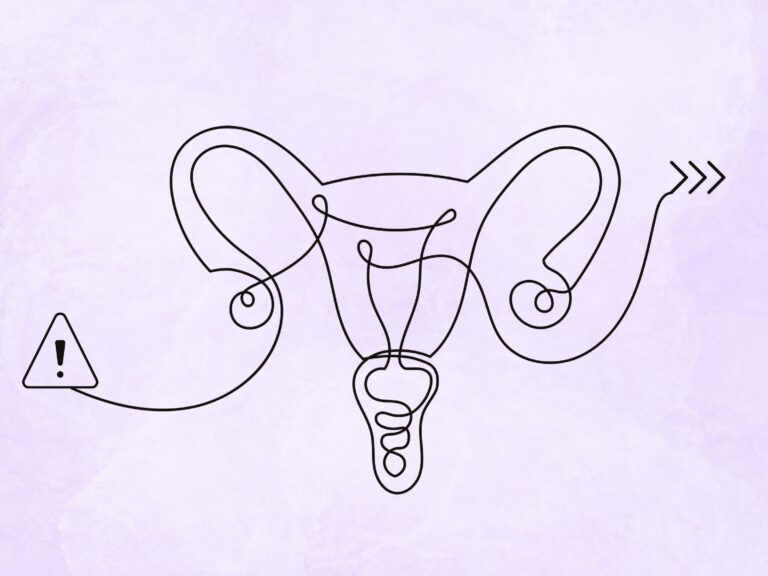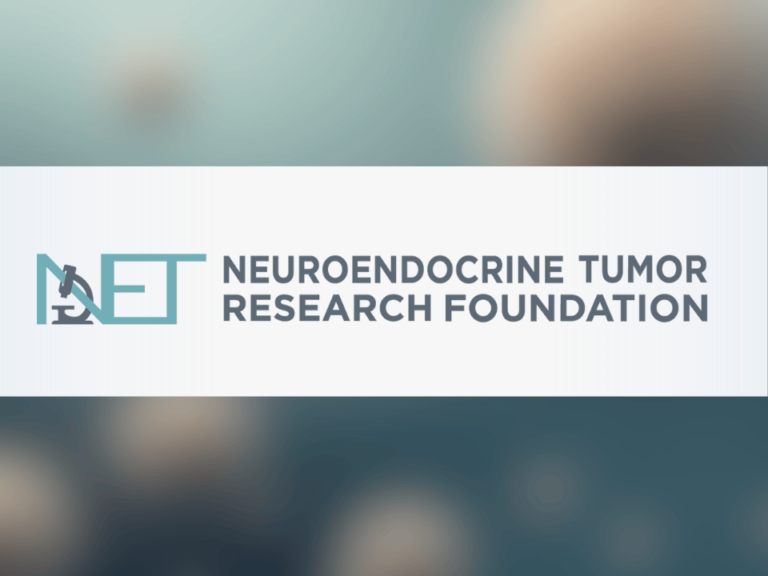For nearly a half century, much of the “war on cancer” has been fought at NCI-designated cancer centers, the 69 major medical schools and free-standing research institutes have this designation.
All the big names are there: UCLA, Stanford, Memorial Sloan Kettering, Dana-Farber, MD Anderson, etc. The NCI “designates” centers for containing organizational structures that create synergies among cancer researchers. Designated centers promote multi-disciplinary collaborations, provide scientific tools too expensive for individual laboratories (core resources), incentivize translation of scientific ideas into therapies, etc.
The goal is to create an interactive cancer research organization among otherwise disparate researchers.
Such synergies are essential, but more than forty years of evolution have left the NCI’s Cancer Centers program mired in counterproductive ritual, bureaucratic bean counting, and doctrinal rigidity.
“Designation” is a high political priority for virtually all centers, implying that the NCI designation process (also known as the competitive application for the Cancer Center Support Grant (CCSG)) dominates institute-wide decisions related to research strategy, allocation of discretionary resources, recruitment, etc.
This is unfortunate, because the process does not encourage the creativity needed to conquer a truly vexing disease. The centers, and the designation process, need a bureaucratic angioplasty.
The top ten problems with NCI-designated cancer research centers are:
- Designation creates a race to the middle against a disease requiring the exceptional: Some centers excel at basic laboratory science, some at bioengineering, others at innovative clinical programs, etc. However, designation incentivizes a relatively uniform model. The emphasis is on shoring up weaknesses, not building strengths.
- The review process has become ritualized: Total research volume, number of patients accrued to clinical trials, peer-reviewed article counts, frequency of research program meetings, and other parameters dominate the designation review process. Centers have been known to hold meetings simply to have minutes available at site visits.
- There is a Potemkin Village Effect: Knowing the metrics, the experienced cancer center director can “goose the numbers.” “Grantsmanship” (the art of good grant writing to compensate for less good science) is excessive in the NCI designation and review process. Centers knowingly fund unproductive research projects to improve metrics.
- Centers are reviewed for organizational effectiveness by scientists and physicians: Designation concerns both organizational effectiveness and science. Researchers comprising the review teams have little training in organizational behavior, hence reliance on ritualized metrics.
- The centers overemphasize translational research: Progress in cancer is limited by our understanding of basic biology. Designation involves showing the “translational” potential of virtually every research project. It favors a false sense of near-term relevance over generating essential knowledge.
- The process is too political: Why would a governor or senator appear at a grant review when only a small amount of research funds are at stake? Center designation involves political symbolism with little connection to science. Some university officials see designation as a critical advertising device for their hospitals and clinics.
- There has been inflation: Political significance means every state wants a designated center. Eight centers in the 1960s have grown to 69, while funding for the overall program lags. Funding should be increased or the program should be downsized. Meaningful research funding, not politics, should motivate the desire for designation.
- The application process has become silly: Centers may begin preparing their five-year grant renewal application a year or more in advance. Scientific leaders are diverted from the laboratory while graphic artists, proofreaders, formatters, and IT specialists are hired. Application preparation costs can exceed the resulting research funding.
- It is a closed society: There are few fresh faces and ideas. Newcomers feel naïve for their unfamiliarity with the rituals. A small circle of interlocking reviewers and advisory boards insure that ritual maintains dominance over creativity.
And the #1 problem with NCI-designated cancer centers is: - The system cannot reform itself: With ritual so important, centers constantly ratchet up the absurdities with more elaborate preparations for site visits and core grant applications. NCI attempts at streamlining somehow morph into new complexities as they move through an endless governmental approval process. Centers continue to fulfill abandoned requirements in fear that a site visitor remains loyal to ancient ways.
The intended goals of cancer centers, collaborations, appropriate translation and core resources, are critical scientific needs, but politics and ritual don’t make for good science.
A review by an independent body of scientists, physicians, and experts in organizational behavior is badly needed. Experts not directly involved with NCI cancer centers should dominate this review. The NIH director and the Secretary of Health and Human Services must personally drive such a process to insure that recommended reforms are implemented.
David Rubenson is director of the scientific communications firm nobadslides.com. He has had 16 years of experience in senior administrative positions at NCI-designated cancer centers.











